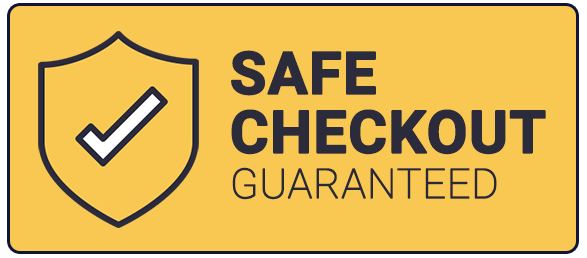|
The use of the tourniquet in medical emergencies is most often necessary with uncontrollable bleeding. While it is possible to suffer uncontrollable bleeding from smaller wounds; victims who bleed out often do so because they have cut an artery. You will often know that you have cut an artery as you will view blood spurting and the blood will be bright red. Other signs of uncontrolled bleeding include a victim that may be unconscious, or a full or partial amputation. Unfortunately, a person with a severed artery can often die in 2-3 minutes.
So what do you do? The first thing that you want to to is ensure that the scene is safe. Next, call 911 and find the wound and apply direct pressure. The next step is to apply a dressing and continue to press. Lastly, the application of the tourniquet requires the first responder to WRAP the tourniquet, WIND the tourniquet, SECURE the tourniquet, and write the TIME the tourniquet was applied on the tourniquet itself. You might not have a tourniquet available but if you do, tie it off between the blood flow and the exit wound. If the wound happens to be too large to control with a tourniquet then grab a clean cloth or hemostatic gauze and pack the wound and apply pressure. Here at Help-A-Heart CPR, we now offer an Advanced Bleeding Control certification class. This class will provide the students with the tools and knowledge to determine when and how to manage both controllable and uncontrollable bleeding both with and without a tourniquet.
Comments
|
AuthorDr. Tracy A. Jones is the CEO of Help-A-Heart CPR, LLC and an American Heart Association, ASHI, and American Red Cross Master Program Trainer, Instructor, & AHA Faculty Member located in San Antonio, Texas. Archives
June 2024
Categories |
Help-A-Heart CPR, LLC | 1747 Citadell Plaza Suite 101 | San Antonio, Texas 78209 | (210) 380-5344 | [email protected]
Copyright © Help-A-Heart CPR, LLC 2024
100% Certification Acceptance
We promise your employer, school, or agency will accept the certification card we issue to you. If there is a question of acceptance or validity, simply send us an email at [email protected] with full details. We will reach out to the individual/entity and provide accreditation information. If still there’s a question, we will provide you with a full refund of your class fee. It’s that simple.
We promise your employer, school, or agency will accept the certification card we issue to you. If there is a question of acceptance or validity, simply send us an email at [email protected] with full details. We will reach out to the individual/entity and provide accreditation information. If still there’s a question, we will provide you with a full refund of your class fee. It’s that simple.
|
Communities Served
ALABAMA: Birmingham
ARKANSAS: Fayetteville, Hot Springs, Jonesboro, Little Rock NEW MEXICO: Albuquerque TENNESSEE: Knoxville TEXAS: Amarillo, Arlington, Austin, Bandera, Bastrop, Boerne, Brownsville, Comfort, Converse, Corpus Christi, Dallas/Ft. Worth, Del Rio, Dripping Springs, El Paso, Floresville, Fredericksburg, Georgetown, Harlingen, Houston, Junction, Katy, Kerrville, Kingsville, Kingwood, Laredo, Lubbock, Lufkin, McAllen, Midland, New Braunfels, Odessa, Pleasanton, Round Rock, San Angelo, San Marcos, Schertz, Seguin, Taylor, Temple, Texarkana, Tyler, Universal City, Victoria, Waco, The Woodlands |
Why Choose Help-A-Heart CPR?
1. Flexible Scheduling
2. On and Off Location Training Available 3. Casual, Fun Atmosphere 4. Best Price Guarantee 5. All Instructors are AHA and/or ARC certified 6. 5 Star Google Reviews 7. Blended Learning (Online & Skills Check) Available 8. Meets OSHA & College CPR Requirements 9. Get Certified Within 3-4 Hours 10.Certification Is Good For Two Years 11. Official AHA/ARC/ASHI Training Site 12. High Quality Safety Training! |








